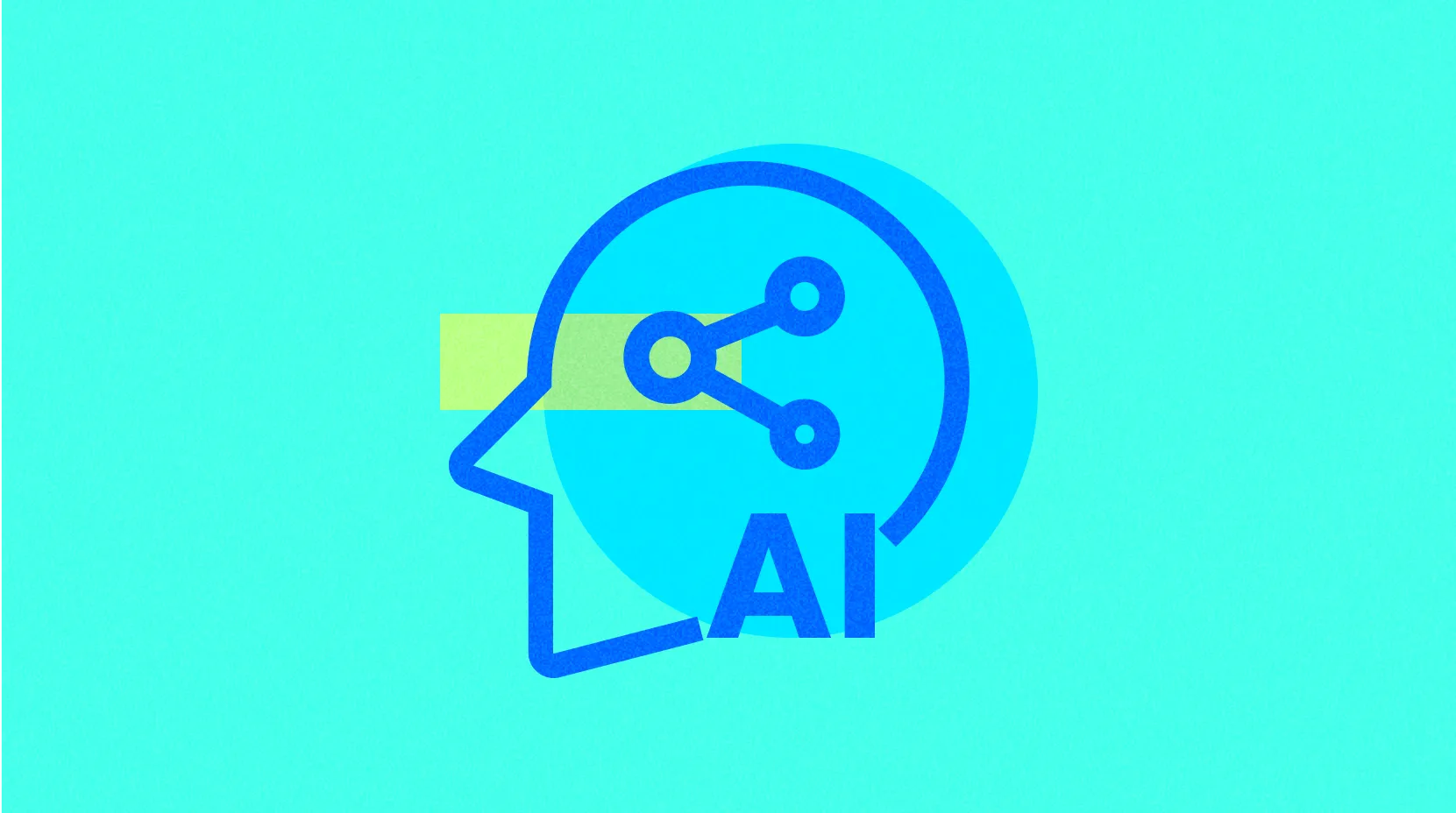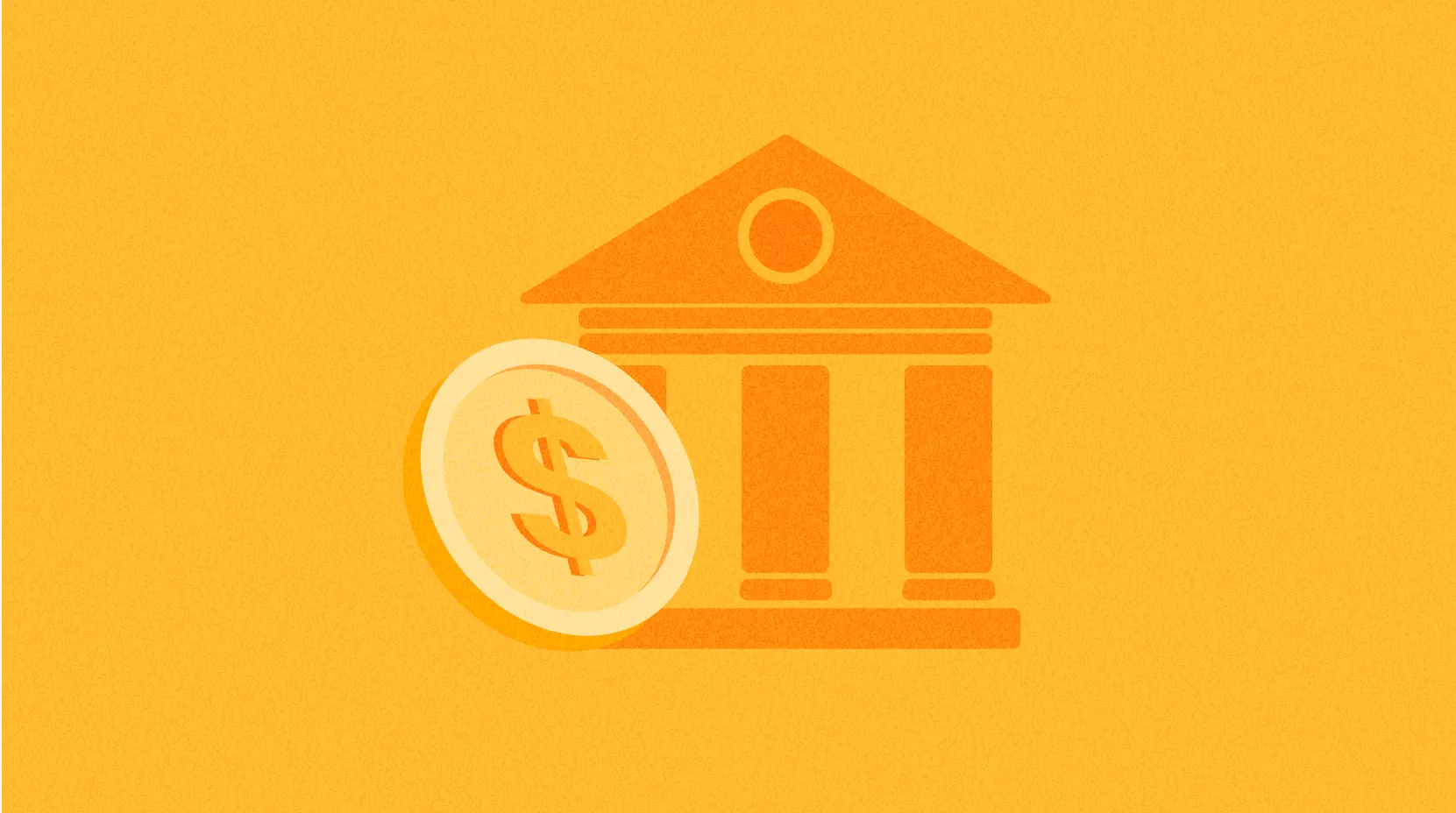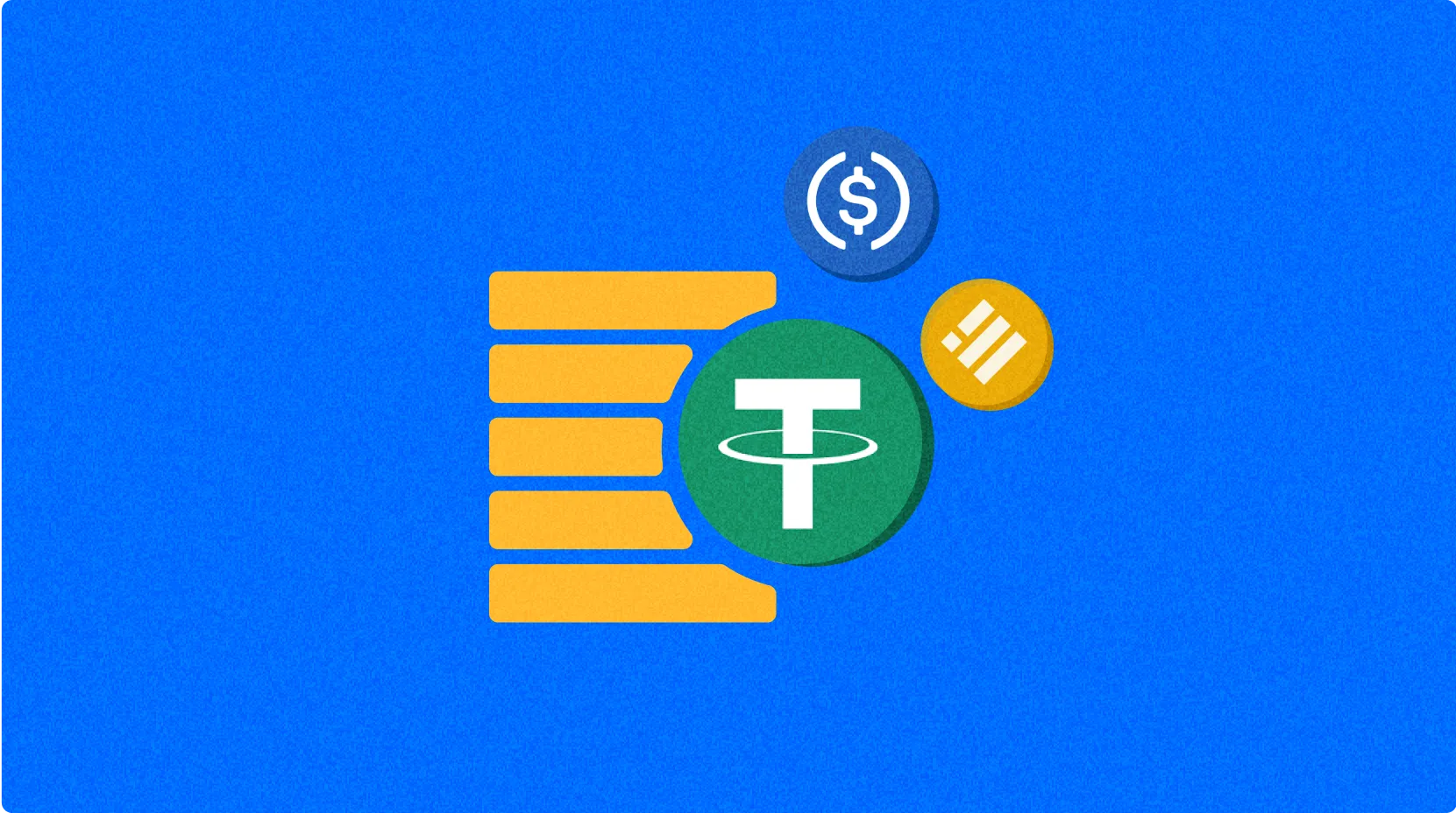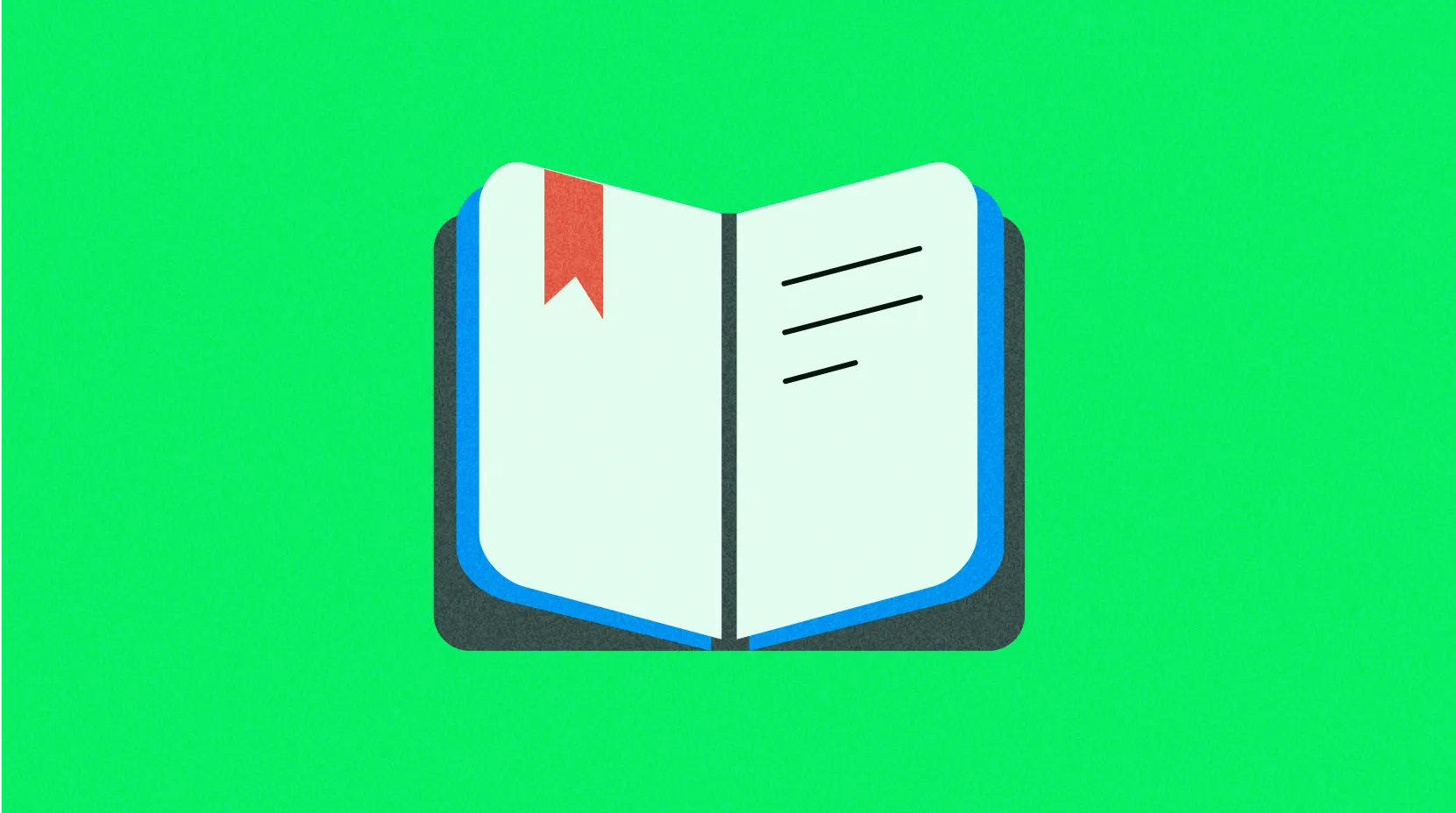Avantages des RWAs dans Crypto

Avantages des RWAs dans Crypto
Liquidité accrue: Les actifs tokenisés peuvent être échangés 24h/24 et 7j/7 sur les plateformes blockchain, contrairement aux actifs traditionnels qui peuvent prendre des semaines à se vendre. Cela est particulièrement précieux pour les actifs illiquides tels que l'immobilier.
Propriété fractionnée: En divisant les actifs en jetons, les RWAs permettent aux investisseurs de posséder une partie d'actifs de grande valeur, ce qui abaisse les barrières à l'entrée. Par exemple, un bien immobilier de 1 million de dollars peut être tokenisé en 1 million de jetons à 1 $ chacun, accessible aux petits investisseurs.
Transparence et Sécurité: Le registre immuable de la blockchain garantit que la propriété et les enregistrements de transaction sont vérifiables, réduisant la fraude.
Intégration DeFi: Les RWAs peuvent être utilisées comme garantie dans les protocoles DeFi, générant un rendement. Par exemple, MakerDAO a tokenisé plus de 1 milliard de dollars de produits du Trésor américain d'ici juillet 2024, et des plateformes comme Creditcoin, Maple Finance et Goldfinch facilitent les prêts et emprunts.
Exemples Importants et Impact sur le Marché
Plusieurs projets illustrent les ARN en action :
stUSDT: Un stablecoin avec plus de 1,4 milliard de dollars de valeur totale verrouillée (TVL) et un APY de 4,18 %, géré par RWA DAO.
Ondo Finance: Offre des titres tokenisés avec 221,42 millions de dollars de TVL et des APY allant de 4,5% à 7,76%, lancement de l'USDY sur la blockchain Cosmos via Noble en juillet 2024.
Finance adossée: Fournit des titres tokenisés tels que bC3M, bIBTA, bNIU et bCOIN, accessibles via les DEXs pour les investisseurs non-KYC, améliorant l'accessibilité.
L'impact sur le marché est significatif, les RWAs contribuant à la croissance de la DeFi. Par exemple, l'industrie DeFi a atteint un TVL de pointe de 181,22 milliards de dollars en décembre 2021, et bien qu'il ait baissé en 2022-2023 en raison d'événements tels que Luna et FTX, les RWAs sont considérés comme une nouvelle source de rendement.
Défis et considérations
Malgré leur potentiel, les RWA font face à plusieurs défis :
Problèmes de réglementation: La tokenisation des actifs, en particulier des titres, implique de naviguer dans des cadres juridiques complexes. L'utilisation de technologies réglementaires, telles que des émetteurs de jetons de sécurité agréés et des normes KYC/AML, est cruciale.
Risques de sécurité: Le piratage et la fraude sont des préoccupations, atténuées par des solutions de garde sécurisées, mais nécessitent de la vigilance.
Adoption du marché: Les RWAs ont besoin d'une acceptation généralisée pour atteindre leur plein potentiel, la liquidité et l'éducation des investisseurs étant des obstacles clés.
Risques par défaut: Les protocoles traitant des prêts sous-collatéralisés font face à des risques de défaut.
Rôle des échanges et des portefeuilles
Les principales bourses de crypto facilitent le trading RWA, garantissant la conformité et la liquidité :
Des portefeuilles comme [Gate Wallet] offrent des options d'auto-garde, tout en proposant des solutions de garde pour le stockage sécurisé des RWA, garantissant la protection des investisseurs.
Potentiel futur et conclusion
La recherche suggère que les RWAs transforment la finance en comblant le fossé entre TradFi et DeFi, avec une taille de marché potentielle englobant presque toute l'activité économique humaine. Les preuves penchent en faveur d'avantages tels qu'une liquidité accrue et une accessibilité, mais des défis tels que la réglementation et la sécurité doivent être abordés. Pour les débutants, les RWAs offrent de nouvelles opportunités d'investissement, mais nécessitent une recherche minutieuse et une gestion des risques.
En conclusion, les RWAs dans la crypto sont des actifs du monde réel tokenisés sur la blockchain, améliorant la liquidité, l'accessibilité et la propriété fractionnée. Ils représentent une innovation significative, avec des défis à relever, mais leur potentiel de révolutionner la finance est clair.

Analyse détaillée des 10 meilleures crypto-monnaies RWA en 2025

Comment gagner avec le protocole RWA DePin en 2025

Analyse détaillée des RWA dans les cryptoactifs

Rexas Finance : Un écosystème de tokenisation d'actifs du monde réel alimenté par la blockchain

SIX Jeton (SIX) : Analyse de la logique de base, des cas d'utilisation et de la feuille de route 2025

xStocks sur Gate : Un guide 2025 pour acheter TSLAx et NVDAx







